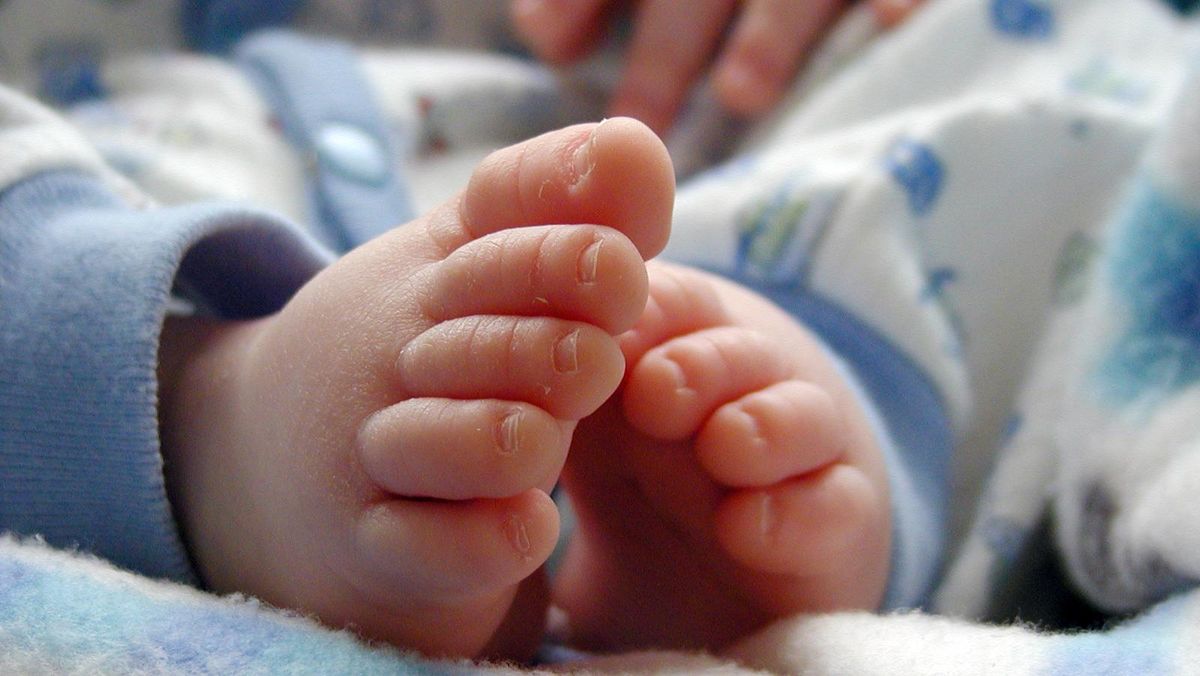Coming from temperate Melbourne, where the most exciting animal I’ll ever see is a snake at the bottom of the garden (that’s quite exciting, actually), I’ll never get tired of seeing wild animals roam, especially when I’m in a different country. That’s why, on a family holiday in Malaysia, the temptation to get up close to the family of long-haired macaques we spot in the Penang Botanic Gardens is irresistible. But when the matriarch bares her teeth, hisses and moves to attack, well, my partner jumps backwards so fast and my children bolt in terror in ways I’ve never seen before.

Credit: Greg Straight
We’ve read the signs at the entrance to the gardens that say not to feed the animals or have food out in the open, so while we duly put away our snacks, we forget the basic rule of survival: never get too close to the wildlife.
Would I have approached the brown snake in my garden to get a selfie? No. So why did I think a macaque would be any different?
While our encounter results in nothing more than a bruised ego, many Australians are not so lucky. Insurer World Travel Protection (WTP) says they deal with at least one animal bite or injury a day. You can be sure that if someone is calling their insurer, they’re not concerned about injuries fixed with a dab of antiseptic and some plaster.
Monkey and dog bites are some of the most common injuries resulting in insurance claims in Bali and other parts of Asia, and they both require treatment for rabies. Cats, squirrels, and even camels can also transmit rabies.
Loading
By the time symptoms appear – perhaps your hand is red, and you have a headache or feel feverish – it could be too late.
“Rabies risk is something we deal with often,” says Deb Harvey, of WTP. “If you get bitten or scratched it’s imperative you get the right treatment quickly.”
Unfortunately, finding the correct treatment isn’t always easy. “We had a case where a man was bitten by a dog in Bali,” says Harvey. “Because of supply issues, there was no immunoglobulin available locally. We had to fly him back to Australia for time-critical treatment.”
Rabies isn’t the only risk when you get too close to wildlife. In June, an Indian man was mauled at an animal park in Phuket while attempting to take a selfie with a tiger. These incidents can even happen in more controlled environments. Earlier this month a lion mauled a woman at Darling Downs Zoo in Queensland, leaving her with serious injuries, despite being accompanied into the enclosure with experienced keepers.
It’s odd, really, because as a nation there’s nothing we love more than terrifying foreigners with stories of our own deadly creatures. We might even tell a tall tale or two – tackling crocs, boxing with ’roos, stories of massive sharks and tiny, hairy, venomous spiders. It’s a habit that may not be appreciated by Tourism Australia, but it is a lot of fun. We also pride ourselves on our camping, surfing, hiking knowledge – and deep down we imagine there’s a little bit of Steve Irwin in every one of us.
Loading
Beyond this fantasy, Australians generally have a healthy respect for the dangers of wildlife in our own country, and (mostly) know how to stay safe around them, or simply stay out of their way, so it’s hard to fathom why many Australians travelling overseas are injured because they get too close to the local fauna.
Maybe it’s because we’re used to cats and dogs and think nothing of giving them a pat, or we assume an animal that’s cute can’t be deadly.
Sign up for the Traveller newsletter
The latest travel news, tips and inspiration delivered to your inbox. Sign up now.
Most viewed on Traveller
Loading


















































